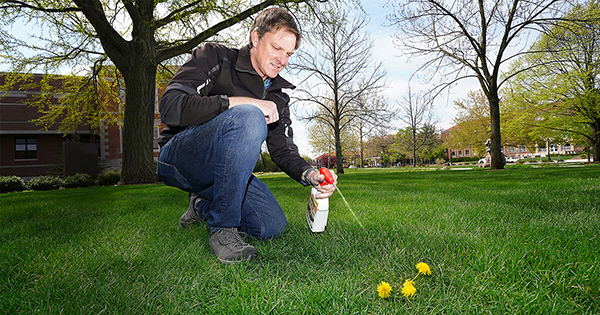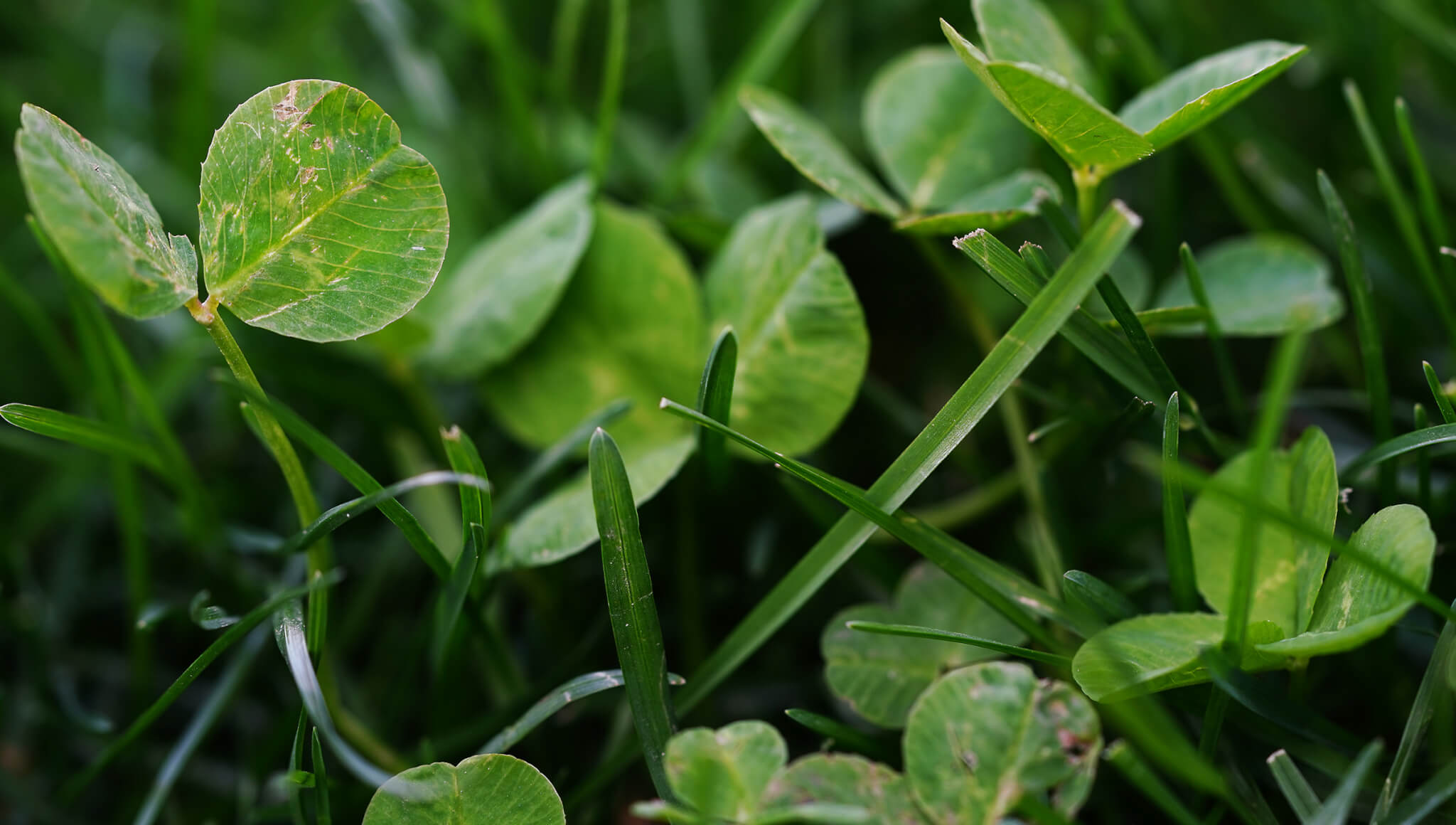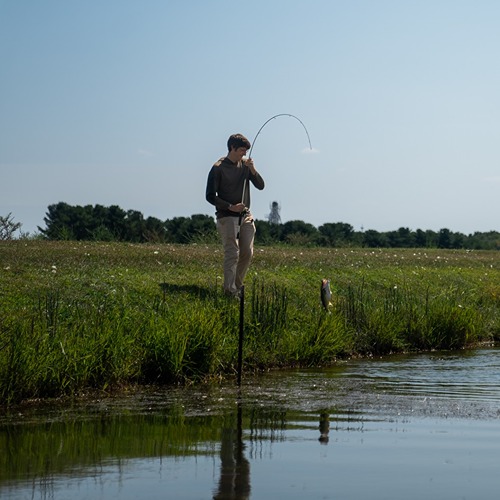Make the grass greener on your side this spring
Bigelow answered several frequently asked questions about spring lawn care.
Why is spring particularly important to lawns?
The two most important times for cool-season lawn health are fall and spring. Ideally, one should have “put their lawn to bed” in October of the previous year by properly feeding it to boost the plants’ food reserves.
If you didn’t, there’s still hope. A few simple practices in early spring can set the stage for the rest of the growing season.

How do you fight dandelions in your yard?
Every spring, dandelions flower for about a three-to-four-week period. If your lawn is full of them, you may need to do a blanket application across your entire property. If it’s just a few, it doesn’t make sense to treat the entire lawn. To be more responsible with pesticides and save money, you can get a small ready-to-use squirt bottle and target just the few weeds.
The key is to pay attention to the product’s label. There are selective broadleaf weed killers and some labeled “grass and weed killer” that normally contain glyphosate. That’s a problem when you apply the grass and weed killers to a dandelion because all the plants in close proximity will die. Again, choose a product that’s selective for dandelions unless you’re treating an area like a sidewalk or cracks in a driveway where you intend to get rid of everything green that grows.
Should clover be handled the same way?
Clover is a little harder to handle because it is usually found in a larger patch. You’re more likely to need a broadcast application with them and clover tends to flower later in the season, around May or June.

Do I need to feed my lawn in the spring?
Spring feeding is a good practice to promote a dense, healthy lawn. Follow the directions on product labels and don’t overfeed your lawn. Overfeeding leads to excess mowing needs and may compromise summer stress tolerance.
Weed and feed products are a good choice, since in addition to feeding your lawn, it will help control dandelions and clover. If you use one, do not water them. They need to stay on the leaf blade of the dandelions to be effective. Even a rainfall shortly after you put it down might keep you from getting good control.
It’s also not too late to put grass seed down. While not optimal for establishment, you can still have success until late May. After that, summer stress is hard on seedlings.
Kentucky bluegrass is a common lawn species in Indiana. When excessively fed or watered it may develop a thatch layer, which is a collection of stems and growing points that accumulate on the surface of the soil. Aerating can help remove thatch, organic matter and also relieve compaction. April and May, when there is good soil moisture, is an ideal time to aerate a lawn.
With spring showers, is it ok to mow when the grass is still wet?
It’s not a technical term, but if the plant’s leaf blade is “juicy,” grass will stick together. You can still mow, but you will probably leave clumps of clippings which don't look pretty and can shade the turf. There is no hard and fast rule for when to mow but when you can, wait until the grass dries for a higher quality cut.
In the spring, you can mow whenever the sun is out, basically from eight to eight. In the summertime, try to stay off the grass in the late afternoon when temperatures exceed 90 degrees and the plant is under water stress. Mowing at this time can stress plants and leave tire marks.
Is it OK to leave large items like trampolines and pools on your grass?
Up until recently, I had a trampoline in my backyard that I would move once a week. If it is left in the same spot too long, the shade causes thinning underneath.
I also have plastic pools for my Labradors to play in when it’s hot. The pools, especially if the water heats up, can cause some damage and leave the turf discolored for a week or two, but the grass will rarely die back to the soil unless pools are left in your yard the entire season.
Where can I find additional lawn care information and resources?
We have free and useful Extension publications on our website. We also have the Purdue Turf Doctor app, which is a great value for only $1.99. I would say 99% of lawns have some kind of problem whether it’s a weed, disease or insect. The app helps people identify pesky pests that might invade their lawns and choose the best products to suppress them.






